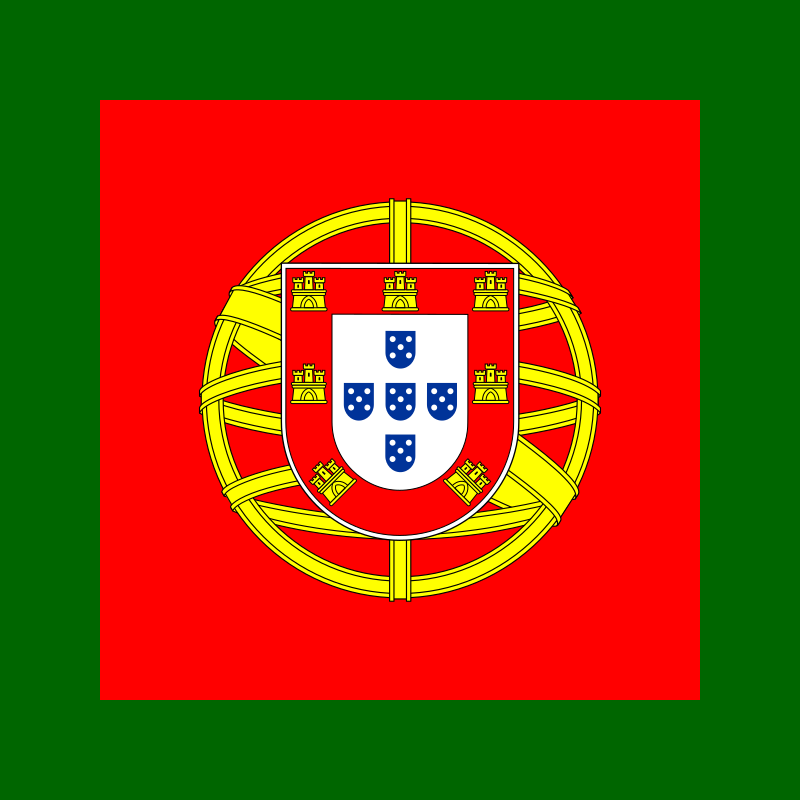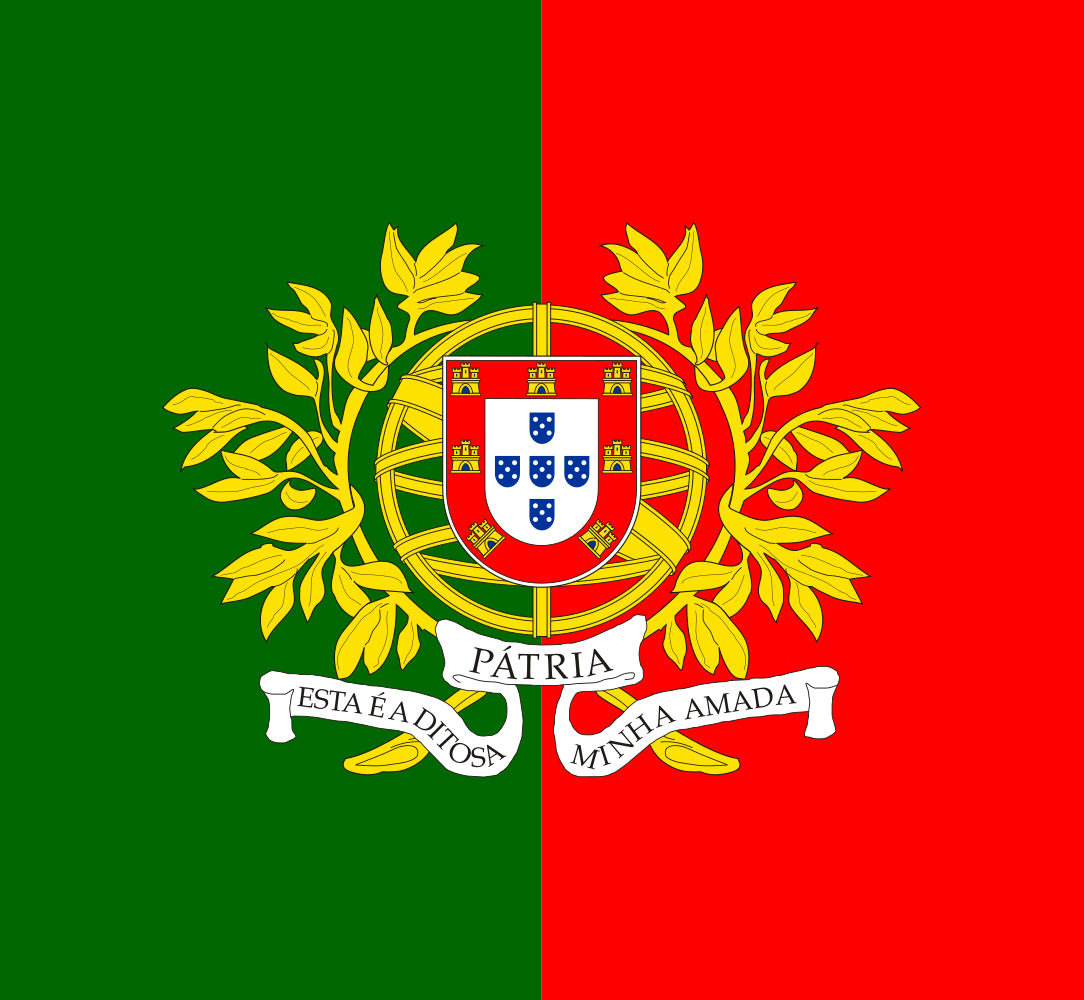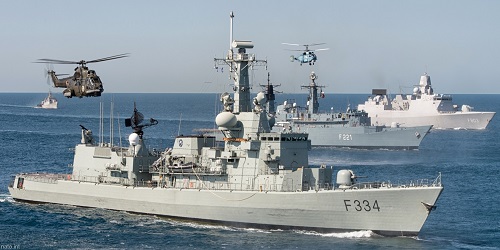Bruno
GA Member
- Jul 1, 2018
- 2,941

| 
| 
|
OPERATION PEGASUS
Portuguese Navy
Secret and Classified
Prime Objective : Ensure Portuguese interests are protected
Secondary Objectives : Provide a quick-reaction force to the Atlantic Region; Provide security to the entrance of the Straits of Gibraltar; Provide a force to engage in anti-piracy operations near Cape Bojador; Detect and Survey all incursions into the Portuguese EEZ.
Deployment;
Mistral-class Amphibious Assault Ship (NRP Luis de Camões)
Complement of 160 crew and 30 Fusiliers
All systems, sensors, and electronic measures
2 × Simbad missile systems
2 x 20 mm modèle F2 gun
2 × 30 mm Breda-Mauser
2 x 7.62 mm M134 miniguns
4 × 12.7 mm M2HB Browning machine guns
8 x Eurocopter AS565 Panther
Bartolomeu Dias-Class Frigate (NRP D. Francisco de Almeida & NRP Bartolomeu Dias)
Complement of 154 crew
All systems, sensors, and electronic measures
16 × RIM-7 Sea Sparrow anti-air VLS
8 × Boeing Harpoon anti-ship missile
6 × FN MAG 7.62 mm machine gun
4 × Browning M2 12.7 mm machine gun
2 × Twin-Mark 46 torpedo tubes
1 × OTO Melara 76 mm gun
1 × Goalkeeper CIWS
Vasco da Gama-Class Frigate (NRP Vasco da Gama & NRP Álvares Cabral)
Complement of 180 crew
All systems, sensors, and electronic measures
1 x 100 mm Mod68 CADAM polyvalent artillery piece
1 x Phalanx CIWS 20 mm Vulcan anti-ship missile defense system
2 x 3 12.75-inch Mark 46 torpedo in triple mountings
2 x Mk 141 quad-pack Launcher for a maximum of 8 RGM-84 Harpoon
1 x MK 21 Guided Missile Launching System for 8 RIM-7 Sea Sparrow
The ships would all be prepared for one of the first Portuguese Missions towards the Atlantic Ocean, with one of the focuses being power projection. This was to be a long duration missions, as such, all ships would have provisions to last comfortably one month. Their main area operations would be around the Atlantic Ocean, as such it was deemed unnecessary for a replenishment ship to follow the fleet as they could easily return to a naval base to restock and refuel. More specifically, their area of operations would involve patrolling the following squares: IN, IM, IL, IK, HK, HL, HM, and HN. The mission however could be extended further into the Atlantic, Indian, and Pacific Oceans in the near future.
Secondary Objectives : Provide a quick-reaction force to the Atlantic Region; Provide security to the entrance of the Straits of Gibraltar; Provide a force to engage in anti-piracy operations near Cape Bojador; Detect and Survey all incursions into the Portuguese EEZ.
Deployment;
Mistral-class Amphibious Assault Ship (NRP Luis de Camões)
Complement of 160 crew and 30 Fusiliers
All systems, sensors, and electronic measures
2 × Simbad missile systems
2 x 20 mm modèle F2 gun
2 × 30 mm Breda-Mauser
2 x 7.62 mm M134 miniguns
4 × 12.7 mm M2HB Browning machine guns
8 x Eurocopter AS565 Panther
Bartolomeu Dias-Class Frigate (NRP D. Francisco de Almeida & NRP Bartolomeu Dias)
Complement of 154 crew
All systems, sensors, and electronic measures
16 × RIM-7 Sea Sparrow anti-air VLS
8 × Boeing Harpoon anti-ship missile
6 × FN MAG 7.62 mm machine gun
4 × Browning M2 12.7 mm machine gun
2 × Twin-Mark 46 torpedo tubes
1 × OTO Melara 76 mm gun
1 × Goalkeeper CIWS
Vasco da Gama-Class Frigate (NRP Vasco da Gama & NRP Álvares Cabral)
Complement of 180 crew
All systems, sensors, and electronic measures
1 x 100 mm Mod68 CADAM polyvalent artillery piece
1 x Phalanx CIWS 20 mm Vulcan anti-ship missile defense system
2 x 3 12.75-inch Mark 46 torpedo in triple mountings
2 x Mk 141 quad-pack Launcher for a maximum of 8 RGM-84 Harpoon
1 x MK 21 Guided Missile Launching System for 8 RIM-7 Sea Sparrow
The ships would all be prepared for one of the first Portuguese Missions towards the Atlantic Ocean, with one of the focuses being power projection. This was to be a long duration missions, as such, all ships would have provisions to last comfortably one month. Their main area operations would be around the Atlantic Ocean, as such it was deemed unnecessary for a replenishment ship to follow the fleet as they could easily return to a naval base to restock and refuel. More specifically, their area of operations would involve patrolling the following squares: IN, IM, IL, IK, HK, HL, HM, and HN. The mission however could be extended further into the Atlantic, Indian, and Pacific Oceans in the near future.




